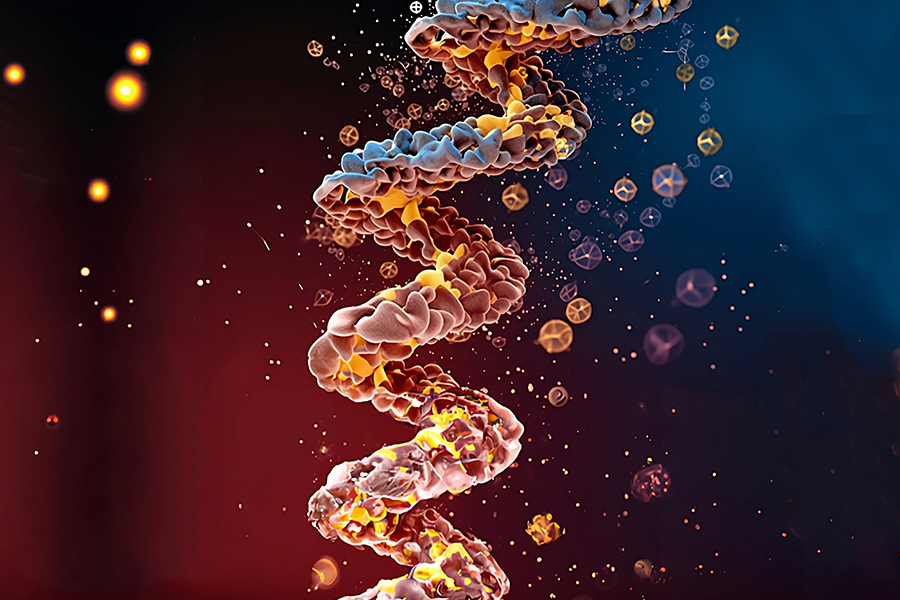
Advancements in Protein Engineering with MIT CSAIL’s “FrameDiff”

In the world of biology, DNA acts as the master weaver, encoding proteins that play a crucial role in sustaining life. However, our bodies are constantly under threat from pathogens, viruses, diseases, and cancer, disrupting the delicate balance within. To combat these challenges, MIT CSAIL researchers have developed a computational tool called “FrameDiff” that pushes the boundaries of protein engineering beyond what is naturally produced.
Unleashing Synthetic Protein Structures
Protein engineering is a complex process that traditionally takes millions of years in nature. But with “FrameDiff,” MIT CSAIL PhD student Jason Yim and his team aim to accelerate protein design for solving human-made problems that evolve rapidly. By leveraging machine learning and the concept of frames, FrameDiff can generate synthetic protein structures independently from existing designs.
The Framework of Frames
Proteins have intricate structures, consisting of atoms connected by chemical bonds. MIT researchers discovered that these structures can be modeled using frames, which provide spatial information for each atom triplet along the protein’s backbone. Machine learning algorithms learn how to move these frames to construct the protein backbone, with the ultimate goal of creating new proteins that don’t exist in nature.
The Power of SE(3) Diffusion
Building on AlphaFold2’s success, which uses frames for predicting protein structures, MIT’s FrameDiff takes frames a step further by integrating them into diffusion models. This collaboration with the Institute for Protein Design at the University of Washington has led to “RFdiffusion,” a powerful tool for creating and validating novel proteins. With RFdiffusion, protein designers can accelerate vaccine development and enhance gene delivery and enzyme design.
Future possibilities for FrameDiff involve expanding its application to a wider range of biologics, including DNA and small molecules. The MIT research team is also working on improving the model’s generality and optimization process to generate complex structures with design capabilities comparable to RFdiffusion.
“This innovative approach paves the way for rapidly generating structures and brings us closer to addressing humanity’s most pressing challenges,” says Harvard University computational biologist Sergey Ovchinnikov. While still in the preliminary stages, MIT’s FrameDiff holds promise for revolutionizing protein design.
The research paper was co-authored by scientists from Columbia University, the French National Center for Scientific Research, Cambridge University, and Oxford University, with guidance from MIT professors Regina Barzilay and Tommi Jaakkola. The team received support from various organizations, including MIT Abdul Latif Jameel Clinic for Machine Learning in Health and the National Science Foundation.
Stay tuned for more updates on the groundbreaking work of MIT CSAIL’s FrameDiff at the upcoming International Conference on Machine Learning in July.